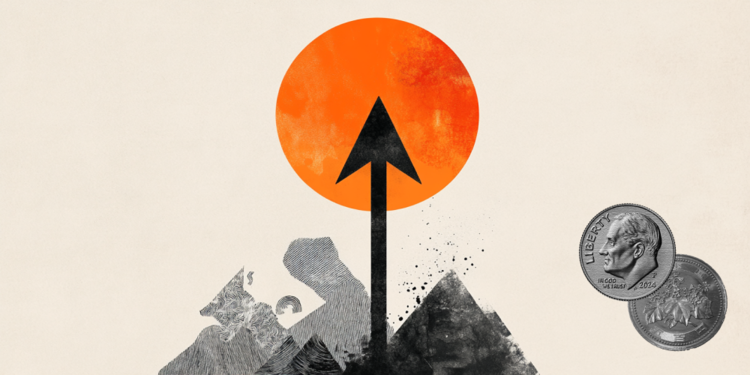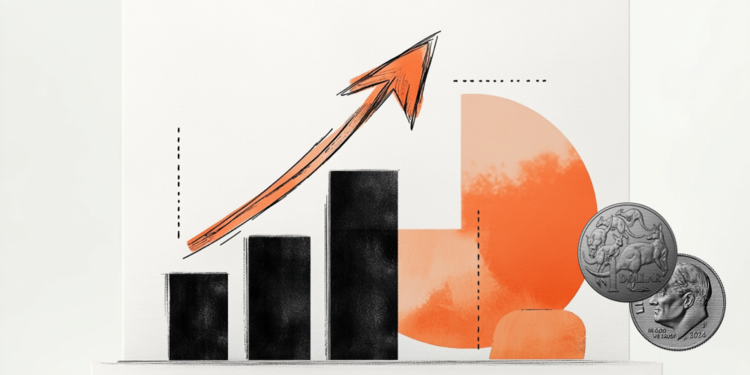The Brazilian energy load in October was 3.4% lower than that made available in the same period last year to the National Interconnected System (SIN), according to the National Electric System Operator (ONS), in the Monthly Cargo Bulletin. When compared to September this year, the reduction was smaller: 2.7%, according to the federal agency.
According to the observatory, temperatures below the normal average for the month of October contributed to this fact, mainly in the areas of the Southeast/Midwest and South subsystems.
This phenomenon, according to the ONS, is classified as fortuitous. The bulletin also points out that, despite the seasonal reduction, the SIN load increased 4.5% in the last 12 months.
The publication also highlighted that, although the industry’s confidence index is above pre-pandemic levels, which would tend to translate into increased consumption because the sector is electro-intensive. However, growth in production and sales slowed down due to shortages of raw materials and price pressures. Among them are inflation and the devaluation of the real against the dollar.
The load pattern varied in the four regions of the country. In the Southeast/Midwest subsystem, a region that accounts for 60% of the country’s industrial consumption, the drop was 6% compared to September. In the South, 3.4% drop. However, there were increases in the North (3.3%) and in the Northeast (2.3%).
The ONS also monitors the water levels in the reservoirs of hydroelectric plants. According to the agency, the Southeast/Midwest subsystem represents 19.61% of the total water capacity. In September, pointed out as the worst moment of the water crisis, the level reached 16%. The rainy season, which should gradually restore, in part, the levels of the mills, began precisely in this month of November.
On November 19, at the request of the CNN, a survey by the ONS estimated that it takes at least three years for the reservoirs of Brazilian hydroelectric plants to regain the levels considered ideal for water storage. However, at the time, the agency did not set a general level as a goal, alleging that the level would vary according to the profile of each reservoir.
Reference: CNN Brasil
I am Sophia william, author of World Stock Market. I have a degree in journalism from the University of Missouri and I have worked as a reporter for several news websites. I have a passion for writing and informing people about the latest news and events happening in the world. I strive to be accurate and unbiased in my reporting, and I hope to provide readers with valuable information that they can use to make informed decisions.







